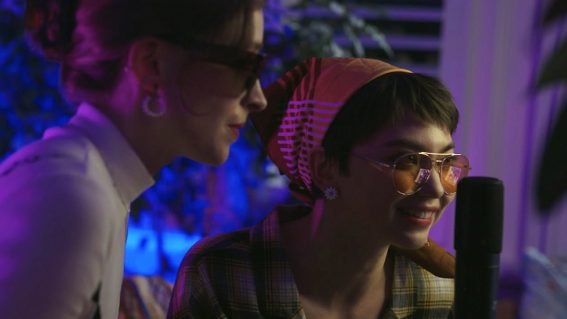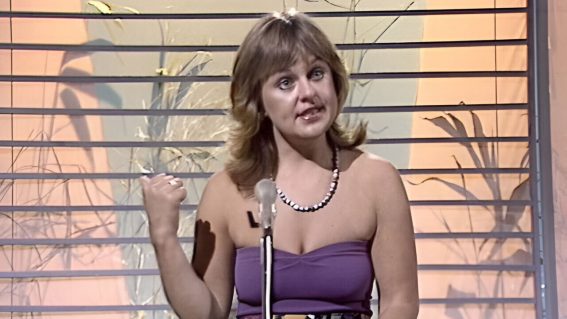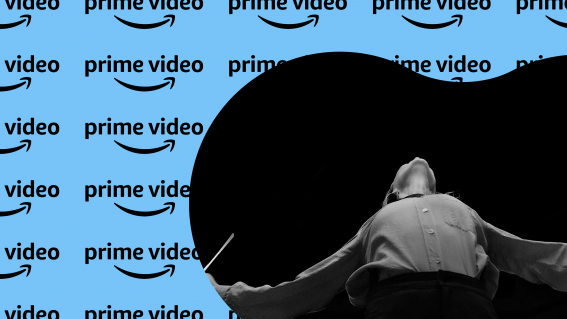Local Pan-Asian filmmakers open the door on their follow-up to Waru and Vai
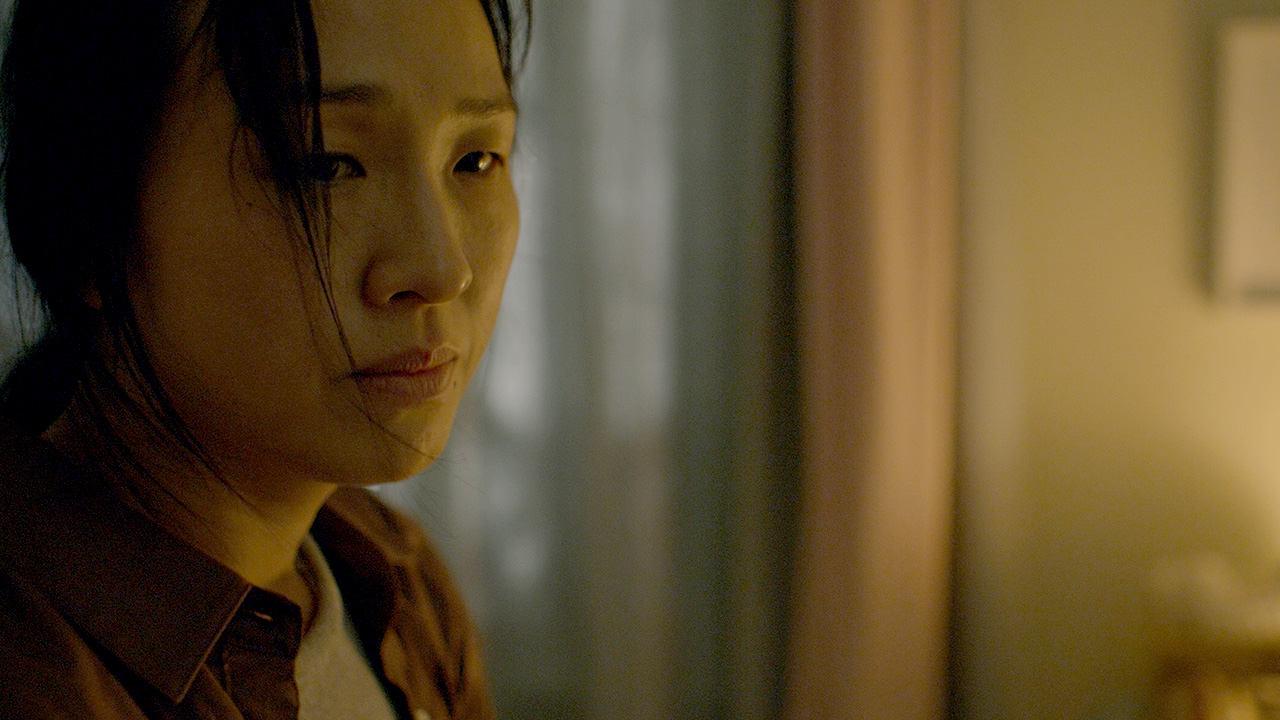
As part of our Q&A series for local features playing as part of Whānau Mārama: New Zealand International Film Festival, the filmmakers behind Aotearoa anthology feature Kāinga open the door to their experiences making this Pan-Asian follow-up to Waru and Vai.
Angeline Loo, director of segment Eva
Describe your segment of the film in EXACTLY eight words.
A new mother must confront her internalised racism.
What drove you to tell this story?
My own experience of motherhood—the radical disassembly of my identity coupled with the driven need to sort my stuff out for the sake of my child.
What reaction are you hoping to get from audiences?
I hope to leave the audience with a sense of hope. Eva acknowledges that while life can be messy and difficult, through community and connection we can find our way to joy.
How was the process of weaving one piece of a film alongside others?
Humbling, inspiring and so much fun. I love working alongside other creatives and we were all inspired by the importance of this kaupapa. I can’t overstate how important it was to have Kerry [Warkia], Kiel [McNaughton] and Shuchi [Kothari] leading the way as producers—with ten writers and directors it must have been like herding cats!
Can you share your favourite memory during your time making this film?
The first take where everything came together. It must have been past midnight with ten takes down already—nail-biting stuff. So much can go wrong in a one-shot take so to have one in the bag was an incredible feeling.
What was the last great film you saw?
Everything Everywhere All At Once.
Julie Zhu, director of segment Aho
Describe your segment of the film in EXACTLY eight words.
A young woman brings her Māori-Chinese family together.
What drove you to tell this story?
Mei-Lin [Te Puea Hansen] wrote this story inspired by events that happened to her own whānau. It was a privilege to be given this as a starting point and to draw on my own interests in the intersections between Māori and Chinese whānau while trying to honour what this story meant at a personal level to Mei-Lin.
What reaction are you hoping to get from audiences?
I hope audiences will find empathy with each of our three main women characters and take something away about what it means to find home and understanding in a new place, that sometimes it takes letting go to come together. I hope for tauiwi audiences to acknowledge that even though many of us call Aotearoa ‘home’, that that comes with inherent responsibilities to tangata whenua.
How was the process of weaving one piece of a film alongside others?
It was nice to be part of a group of people all going through the same experience, we were able to check in with each other, compare how each other were going, and offer support and understanding through the challenges. In terms of story and weaving, we mostly did this during the development workshop right at the start of this journey, over two years ago. With COVID it has been hard to be as in touch as I think we would have all liked to, so we didn’t know too much about how each other’s vignettes turned out until the first full screening.
Can you share your favourite memory during your time making this film?
We had a really tough time with the peak of COVID during the shooting period and we had to recast two lead actors the weekend before the shoot. While this was immensely stressful and seemed impossible at the time, when we saw what our new actors had managed to do, we were so proud of their efforts to nail the blocking, the lines, and the multiple new languages. So the last-minute recasting process was a favourite memory.
What was the last great film you saw?
Te Kīngi Raiona (The Lion King Reo Māori)—te rōreka hoki o ngā reo!
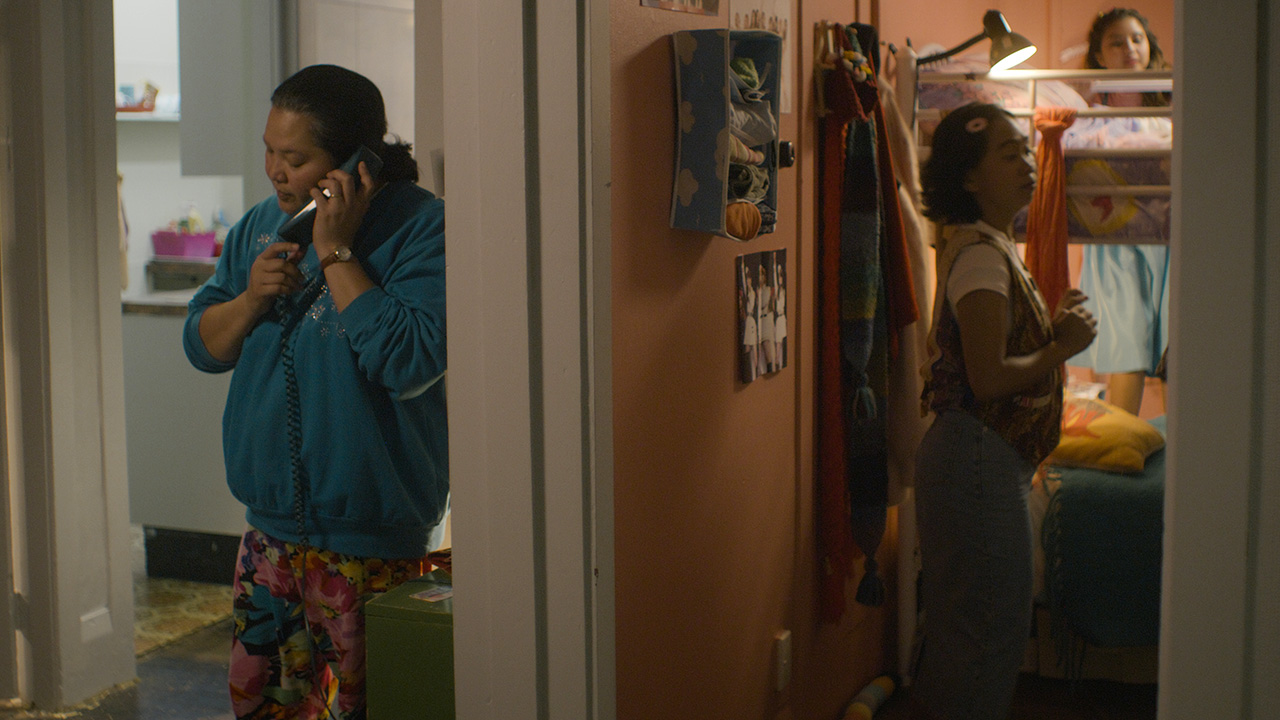
Michelle Ang, director of segment Candy
Describe your segment of the film in EXACTLY eight words.
Resilience to stay in the role of provider.
What drove you to tell this story?
Mia [Maramara] and I considered two main things; distance and family. How migrants have to create our own families when we are away from our own and that push and pull. Obviously a reality for all migrants but unique in the Filipino experience where they are often gone only for work but are still expected to return home someday when all the bills are paid. That, and the invisible labour Filipinos provide in the countries they work in.
What reaction are you hoping to get from audiences?
Empathy and awe at the emotional strength of Candy. How she and her adopted family choose to find ways to feel joy and community despite facing hardships. And a reverence toward how the migrant trajectory often leaves no choice to feel sentimental or to turn back but instead insists on a tenacious forward-looking resilience to ensure the point of migration has been worthwhile.
How was the process of weaving one piece of a film alongside others?
I really enjoyed the process of thinking of placing the story and context against a larger arc. It gave me richer perspectives on the thematics of Candy and as a director, helped me focus on the energetics that my vignette needed to have. I enjoyed mapping out the time periods of the various migrations and weaving that into my piece to evoke a specific time and place. The challenge of using the same house and referencing it across the vignettes was another creative process I enjoyed. Thoughtful ways to show a building upon each other’s experience through space, time and emotionality.
Can you share your favourite memory during your time making this film?
Stumbling upon my wonderful Filipino cast secretly eating a second lunch that they had brought themselves because they felt the catering was “too healthy” hehe.
What was the last great film you saw?
Everything Everywhere All At Once. Floored!!
Asuka Sylvie, director of segment Mikasa
Describe your segment of the film in EXACTLY eight words.
Mikasa faces a ‘ship’ that beckons her onboard.
What drove you to tell this story?
I was inspired by my mother’s story, her resilience in starting a new life in New Zealand in the early ’80s without the support of friends or family from her homeland, Japan. It was an incredibly isolating and challenging time for her—back then, it was letters and expensive long-distance calls that were only reserved for important or urgent news.
What reaction are you hoping to get from audiences?
I hope that people come away with a little compassion and kindness, or if they too have taken a leap of faith making a fresh start, know that they are not alone.
How was the process of weaving one piece of a film alongside others?
We did work together as a team on the ebb and flow of the film as a whole. Every film carries a different energy which was important to distinguish and carry the audience through the whole feature as a journey with a beginning, middle and resolution.
Can you share your favourite memory during your time making this film?
My favourite memory would be on set wrangling the ship at sea for my final sequence. We had many curious residents of Long Bay wonder what the ship was (it’s not traditional looking!) and I love that world-building in genre filmmaking, and that an audience will impress their own interpretation upon metaphors when coming away from a film.
What was the last great film you saw?
Everything Everywhere All At Once by the Daniels—and a kick-ass Asian-led cast to boot.

Ghazaleh Golbakhsh, director of segment Parisa
Describe your segment of the film in EXACTLY eight words.
A frustrated Iranian wife yearns to return home.
What drove you to tell this story?
My parents escaped Iran in the late 1980s due to the regime change and ongoing war so at first, they felt that the move was temporary. As the years progressed the dream of returning home began to fade. When we were applying for citizenship my mother was a bit hesitant as she was worried she would never be able to go back. Over 30 years later, she can’t imagine living anywhere else but here. My story in Kāinga was very loosely inspired by this.
What reaction are you hoping to get from audiences?
It is a very real story and one that I hope makes an audience think differently about the usual ‘grateful immigrant’. It is not easy to leave your home and for an ambitious character like Parisa, starting all over again in a place so far away from everything is not easy to accept. Immigration is complex as are the migrants who take these journeys every day.
How was the process of weaving one piece of a film alongside others?
It was both exciting and challenging to create a piece that would sit alongside so many other amazing films. The biggest challenge was the one shot as it meant relentless rehearsals and blocking and numerous takes attempting to choreograph everything from the actors movements to the camera department—everyone had to move together like some kind of beautiful dance.
Can you share your favourite memory during your time making this film?
It was the first time I had worked with first-time actors; Masoumeh and Hamid were exceptional. Their energy and love for this film really shone through and even after 20 something takes, they were still excited. That kind of energy is thrilling to be around.
What was the last great film you saw?
Nanfu Wong’s In the Same Breath about the early days of the pandemic in China and the US—I do love documentaries, and even though this is from 2021, much of it has stayed with me.
Nahyeon Lee, director of segment Soo Young
Describe your segment of the film in EXACTLY eight words.
Girl acts out in ways her parents cannot.
What drove you to tell this story?
My story is based on a childhood memory I have what I wish I did. This story is driven by the unbridled spirit of being a child—they don’t say the socially acceptable thing or act in a socially acceptable way, but children always remain truthful to who they are and how they’re feeling. Sometimes a child is the only one who can bring the truth out of a situation where the adults feel powerless.
What reaction are you hoping to get from audiences?
I hope that audiences fall in love with my character of Soo Young, and find catharsis in her battle and small victories.
How was the process of weaving one piece of a film alongside others?
It was an interesting challenge, where the process began very collaboratively. To work with ten other incredible artists to craft a film together was a privilege.
Can you share your favourite memory during your time making this film?
My favourite memory was when the actors playing the family unit came together for the first time in rehearsal. They were so easeful and began to immediately call each other by their characters’ names. They brought a lot of generosity and love. People always ask if they’re a real family.
What was the last great film you saw?
The last great film I saw was Ryusuke Hamaguchi’s Drive My Car during the In The Shade Film Festival earlier this year. An evocative exploration of love, loss and art.

Yamin Tun, director of segment Parvati
Describe your segment of the film in EXACTLY eight words.
Parvati is torn between worlds at a community-celebration.
What drove you to tell this story?
The writer of this vignette, Shreya Gejji, wrote a script that reflected her experiences of celebrating Ganpati Puja with family and friends.
Ganpati is another name for Ganesh, or Lord Ganesha, the childlike elephant-headed God. A Puja is an act of worship. Ganpati Puja takes place during Ganesh Chaturthi, a festival celebrating the birthday of Lord Ganesha.
In speaking to cast and extras who auditioned, I felt the joy and exuberance of this festival, how much it means for everyone in the Maharashtrian community, as well as many other communities of India. There is a love for Ganesh and his innocence, wisdom and good fortune.
As a director, I always find what resonates in scripted work by writers, a wellspring that fills my own passions, and in this, the exploration of the world of Parvati, both the festival’s mythology and the love and passion of communities celebrating it, really floated my boat.
Ganesh was created by the Goddess Parvati from the cells of her own skin, and in this vignette, our lead Parvati, has to cut the tie to her father in order to be present for her own son Uday.
The script also opened the door into Parvati’s relationships with her father, husband and son, which is subtle but very telling, and this greatly interested me as a dramatist.
What reaction are you hoping to get from audiences?
I’d like audiences to be moved and delighted by Kāinga, and entertained by Parvati. I hope audiences enjoy the bittersweetness of the back and forth between Parvati and her father. We’d like to show the warmth, love and togetherness of the Marathi Auckland community as they celebrate Ganpati Puja, and the bonds that we come with when we migrate from overseas, some of which might have to change as our lives shift, as well as the new bonds that are formed as communities welcome us.
How was the process of weaving one piece of a film alongside others?
During the writing stage of Kāinga, we collectively worked out the order of each segment. Some pieces had to be set during very specific periods, such as the ’80s, whilst others such as Parvati could be woven in more fluidly to fit the arc of the overall feature. Once we knew the general tone of the script of each segment, this allowed us to finalise the segments’ order. The interweaving of segments was enhanced through sound, music, tonal choices, and framing. Between Parvati and Parisa for example, the framing, music and theme created a beautiful transition, as Parvati’s son Uday sings a lovely song to end a religious celebration, whilst Parisa begins with a prayer.
Can you share your favourite memory during your time making this film?
I actually had to prep, rehearse and shoot the entire film from overseas: Perth Australia, due to the NZ government lockout of Kiwis from Australia! The entire process was memorable!
I’d travelled overseas and tried to return numerous times between September 2021 and March 2022 but was unsuccessful in each MIQ lottery. The producers with their love and profound sense of loyalty did everything they could to enable me to rehearse and direct from overseas. Camera was fed through one Zoom link, whilst on another Zoom I communicated with cast and crew. Someone on set held a laptop with my head on Zoom, and zipped around set as I asked to speak to different people. I’ve always felt how much this work of filmmaking is collaborative, how faith in the people and process are EVERYTHING. You let go, even on set, when the camera rolls and you know with all the love and attention, research and preparation, everything will work out, and performances will come alive, of everyone, cast and crew.
This disembodied directing via Zoom is the ultimate proof of that. Hard work, trust, belief and letting go are the most important attributes in bringing life to things.
What was the last great film you saw?
The last great film I saw was My Neighbour Totoro which I’d never seen. My neighbours’ gorgeous free-range girls (4 & 6) came over on one of their marauding raids of our pantry-fridge-wardrobes-Netflix-YouTube-attention, and I decided to divert it to watching this lyrical work. At times they asked to change ‘channels’ to something more grabby, but eventually, they settled and the three of us had one of the loveliest afternoons, one I will never forget because this work of Hayao Miyazaki is glorious, imaginative, and beautiful.


